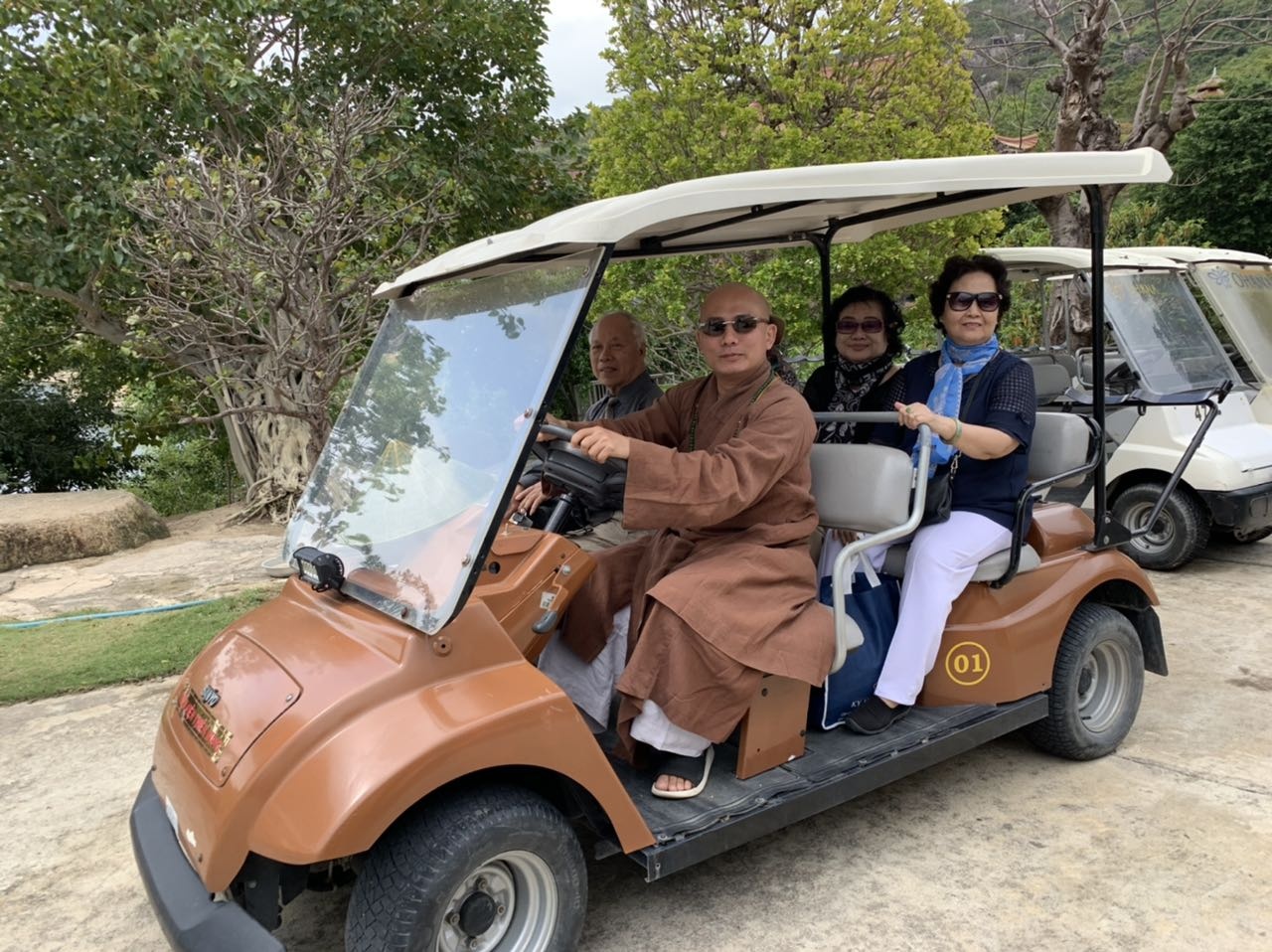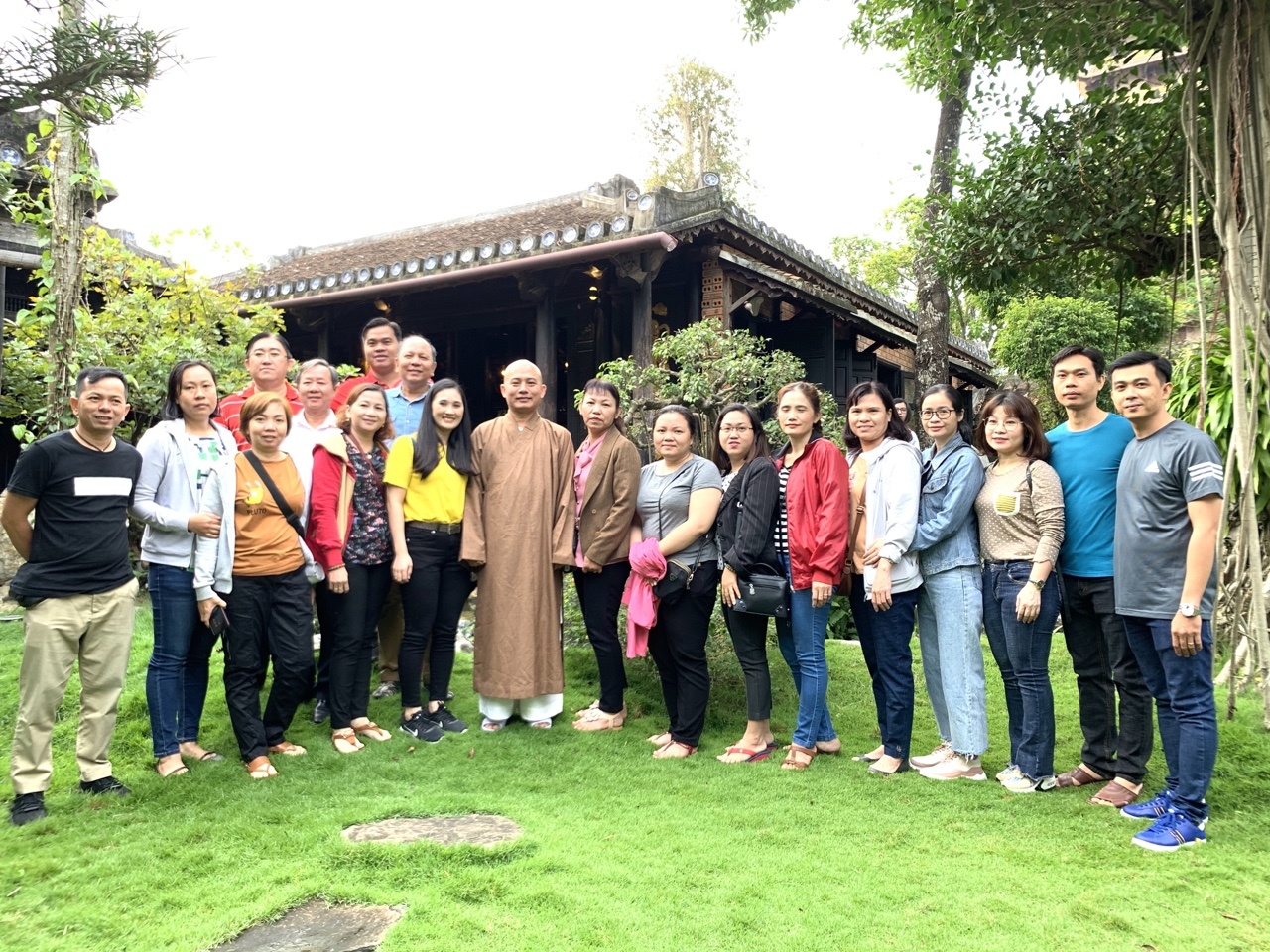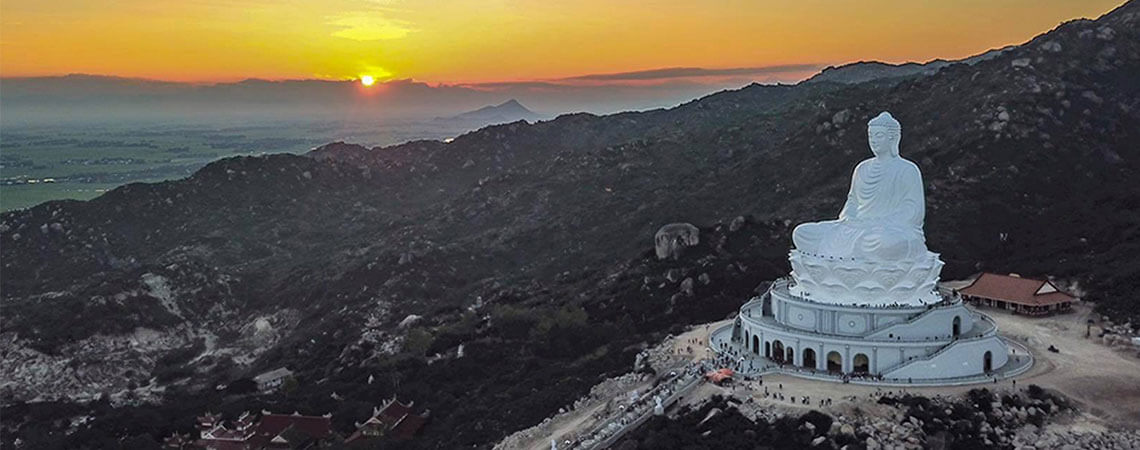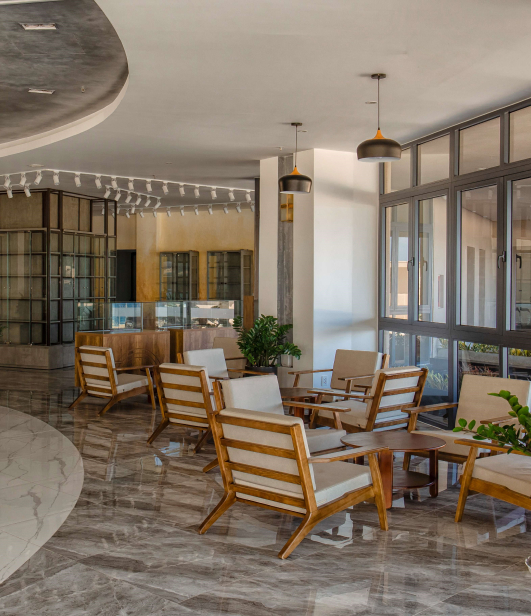MEDITATION TRAVEL: LOW INVESTMENT, HIGH EFFICIENCY
Meditation tourism combined with relaxation, yoga is no longer new in Vietnam but has hardly been paid attention. Taking advantage of the inherent potential to exploit this type of tourism that is attracting a large number of tourists will create a strong attraction and bring high efficiency.
Small investment, great effect
The concept of meditation tourism began to become widely known in 2002, after the World Cup was held in Japan and South Korea. During the time of the biggest football tournament on the planet, the Seoul government called on places to provide accommodation for visitors and many places, including Mihwangsa Temple (about 300km southwest of Seoul city). response.
Since then, the trend of “staying at temples and pagodas” (templestay) has been widely developed in Korea. Now, every day at Mihwangsa Temple, there are always dozens of Korean and international tourists staying.
Thien Hung Pagoda – Binh Dinh is one of the most worthy places of Zen tourism in recent years because of the wildness of nature and its meaning in restoring our souls.
After the meditation sessions, visitors can go sightseeing, learn about culture and enjoy tea, admire the religious architecture or participate in meritorious activities at the temple, talk with the monks… In addition to weighing To balance the spiritual life, participating in this program also has the opportunity to broaden the view of the cultural aspects of the host country.
Over the next ten years, more than 2 million visitors stayed at hundreds of temples in Korea with more than 10% being foreign visitors. From 2004 until now, the Korean government has spent about 99 million USD to develop the “templestay” program to promote traditional Korean culture.
Increasingly, the trend of tourism combined with meditation practice is spreading in many countries in Western Europe, North America and Northeast Asia, although the prices of these tours are higher than most conventional programs.
Especially, in industrialized countries, more and more people consider participating in meditative art forms, or meditation tourism programs as essential activities.
Statistics of the Japan National Tourism Organization show that, every year, thanks to organizing tourists to participate in meditation tours, the Japanese tourism industry has collected up to 30 billion USD. After Japan, Chinese, Korean and Thai tourists have also embarked on organizing meditation tours and achieved much success.
Currently, China is famous for its tourist program to visit, practice martial arts, nourish life and learn about the life of Shaolin Zen masters. Thailand attracts meditative tourists through the Thailand Zen tour program.
Great potential
According to statistics, Vietnam has about 120 monasteries, in which there are familiar names in tourism programs such as Dau Pagoda (Bac Ninh), Ba Da Pagoda, Tran Quoc Pagoda (Hanoi), Truc Lam. Tay Thien (Vinh Phuc), Bich Dong (Ninh Binh), Truc Lam Yen Tu (Quang Ninh), Tu Dam, Thien Mu, Tu Hieu (Thua Thien – Hue)…
A locality with many strengths in tourism is Ba Ria – Vung Tau, which has a plan to establish a Zen cultural tourist area at Chon Khong Monastery with a total investment of about 30 billion VND.
Accordingly, this Zen cultural tourist area will have an oriental rock garden, a yoga meditation area, a calligraphy performance area, an area to introduce and cook vegetarian dishes, a garden of free herbal remedies, an area to build statues. Buddha, Buddhist museum, tea ceremony area.
As a country with a long history of Buddhist culture, many Vietnamese tourists, especially residents of big cities, have the need to participate in meditative tourism activities.
If the usual tour program is to lead tourists to visit the temple, the meditation tour must help visitors observe and participate in the daily life of the Zen masters, enjoy and admire the unique features of different types of meditation. Zen art forms such as flower arrangement, tea ceremony, bonsai, cuisine…
This suggests a new direction to help Vietnam’s tourism increase the attractiveness of destinations, expand activities to serve the development of meditation tourism, and move towards building specialized tourism programs that bring tourists to the world. meditativeness.
Coming to meditation tourism, in addition to enjoying the space of “land and heaven in harmony”, visitors are also closer to lectures, interesting conversations that are full of human meaning between the monks of Thien Hung Pagoda as well as those of Thien Hung Pagoda. The sharing of the abbot here about the early days of establishment and construction of the temple and resort Ohana Village
Many difficulties
Ms. Tran Thi Bao Thu, Marketing and Communication Director of Fiditour Company commented: “The tours are designed according to the requirements of a group of about 4-10 people. Guests will choose their own quiet destination. The tour program is designed to relax and restore energy for visitors. Previously, this tour mainly served foreign tourists, but now it has attracted Vietnamese tourists. The rate of visitors to this tour has increased steadily from 10-12% per year.
As one of the pioneering companies in exploiting new tourism products, relaxation combined with meditation to help tourists maintain health and improve quality of life, Ms. Nguyen Nguyet Van Khanh, Head of Communication Department According to Vietravel Tourism Company, the difficulty when making a meditation tour product is that the person who builds a meditation tour also needs in-depth knowledge of religion. “As a new product, with a special audience, communication needs to be specialized. The operation of this product is also different from a pure tour: The company must discuss with the temple to arrange a time frame for guests to participate in the meditation course (avoid overlapping with the temple’s operating schedule) and wisdom monk/teacher – someone who guides visitors in meditation techniques”, affirmed Ms. Nguyen Nguyet Van Khanh.
Currently, not only middle-aged or elderly people, self-sufficient travel to pagodas, communal houses, sightseeing, sitting meditation, listening to sermons, enjoying vegetarian rice, etc., but many young tourists also love meditation tourism. . This type of travel is cost-effective and truly rewarding. Ms. Vu Hoang Anh, a math teacher at Thuong Cat High School in Hanoi, said: “For the past few years, I have sometimes spent time taking trips in the inner city to temples to practice meditation, eat vegetarian meals, etc. Such a trip helps me feel relaxed, calm and regain balance in life.”
Meditation tourism promises to bring positive results because the development of this type of tourism will not only contribute to enriching Vietnam’s tourism products but also a way to protect the environment, preserve preserve and promote the value of traditional cultural heritages related to Buddhism.
Ohana Village Meditation Resort in 2020 welcomes many delegations to visit and relax
Meditation tourism is a type of tourism of the future, with little investment and great results. It is very environmentally friendly and gives visitors spiritual values, pure relaxation from the depths of the subconscious in the hustle and bustle of life.
Meditation tours combined with giving charity gifts to neighboring poor households have brought a good tradition and meaningful memories for visitors from all over the world when coming to the temple.
Quote from the source: http://www.hanoimoi.com.vn/Tin-tuc/Du-lich/878309/du-lich-thien-dau-tu-thap-hieu-qua-cao




